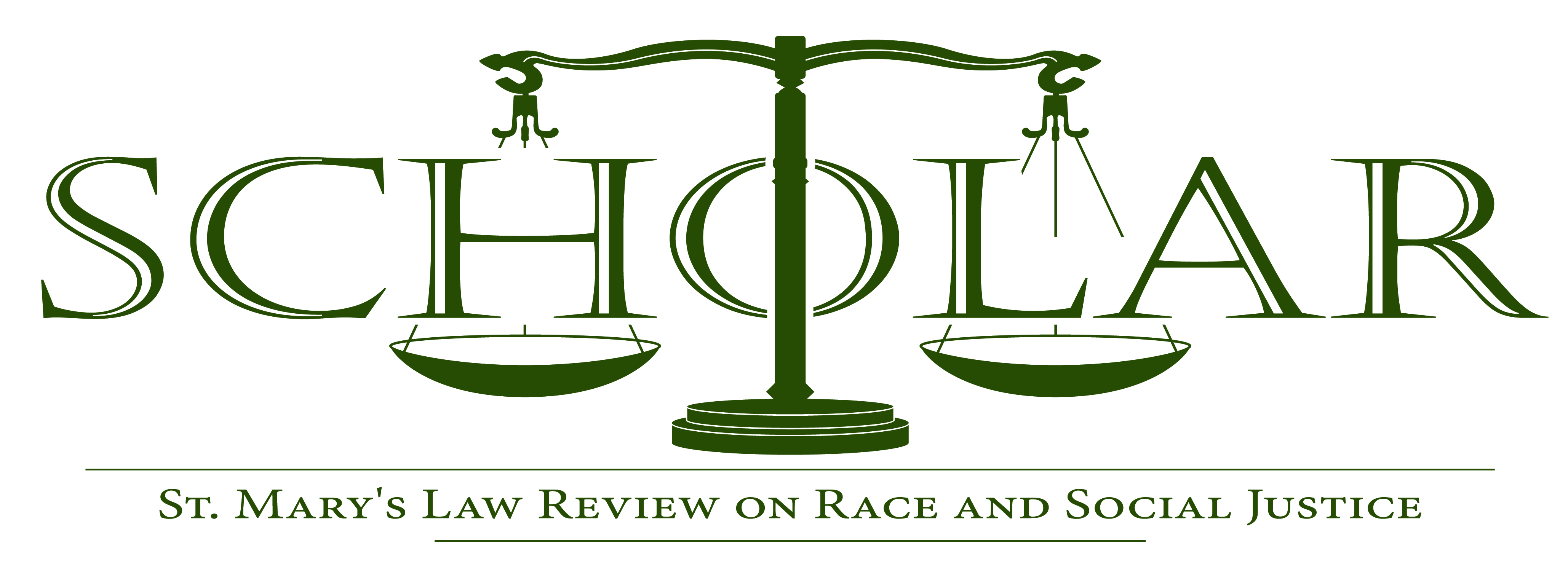
Abstract
In Torres v. Madrid, the Supreme Court held that the application of physical force to the body of a person with intent to restrain is a seizure even if the person does not submit and is not subdued. Because this new rule brings even the slightest touches within the Fourth Amendment’s protections against unreasonable searches and seizures, it allows more claims against police officers for violations of the Fourth Amendment’s prohibition on unreasonable searches and seizures.
Until the Torres decision though, only when someone shot by police was actually taken into custody could that person sue the police officers for excessive force in violation of the Fourth Amendment—at least in some circuits. Now, everyone shot by police may pursue claims of excessive force in violation of the Fourth Amendment.
The impact of the Court’s decision in Torres could be far-reaching because it brings within the scope of the Fourth Amendment’s protection even a mere touch of a person’s body—however slight—if done with the intent to restrain. And this is still true if the person touched does not submit and is not subdued.
As a result, Torres will impact use of force by police, especially against the backdrop of increased focus on police use of force. After numerous high-profile deaths of Black men during encounters with police officers, the Court has expanded liability against law enforcement officers. Because the holding is broad enough to capture any touching, not just significant restraints on liberty, Torres expands the parameters for claims against officers and gives police accountability advocates a favorable result for future cases.
Part I of this Note gives a brief history of the development of the doctrine of seizures under the Fourth Amendment. Part II discusses the Supreme Court’s decision in Torres.
Part III then analyzes to what extent the Court’s reasoning in its decision in Torres was consistent with prior decisions. Part IV then considers the impact of Torres on excessive force claims in the future. And Part V looks at the impact of Torres on policing from a social-justice perspective.
Last Page
364
First Page
340
Journal Title
The Scholar: St. Mary's Law Review on Race and Social Justice
Recommended Citation
Travis R. Thickstun,
Police Shootings After Torres v. Madrid: Suspects Eluding Capture Are Seized Under Fourth Amendment,
26
The Scholar
340
(2024).
Available at:
https://commons.stmarytx.edu/thescholar/vol26/iss3/3
Volume Number
26
Issue Number
3
Publisher
St. Mary's University School of Law
ISSN
1537-405X

